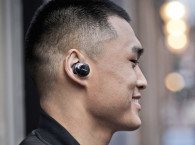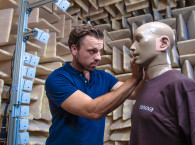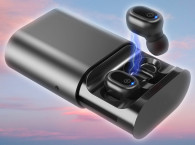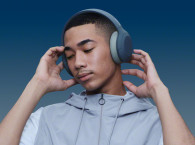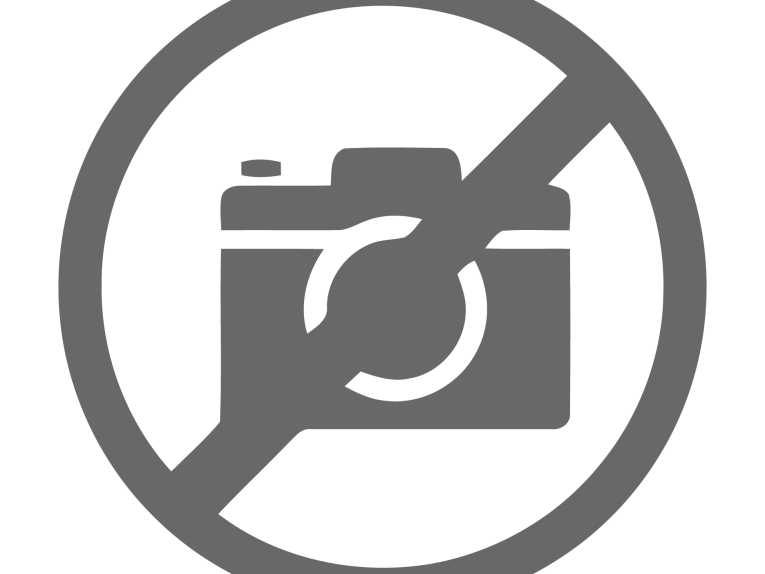
“Headphones are calling the tune,” says Adriana Blanco, Senior Market Analyst at Futuresource Consulting. “We expect volumes to be up 11% on 2018, accelerating beyond 420 million shipments this year. Yet, this achievement will be eclipsed by a 37% increase in value, to $31.2 billion, as consumers fix their eyes and ears on the premium end of the market.”
True wireless is cementing its position at the forefront of growth, driving the overall average price up by 23% year-on-year. What’s more, the form factor will account for 30% of in-ear units and 65% of total value.
The latest report and accompanying detailed datasheet from market research firm Futuresource Consulting provides an updated outlook for the worldwide audio headphones market with complete market data for 2018 and forecasts until 2023. For this update annual report, Futuresource identified key drivers for growth in both units and revenues, and looks at key current market trends such as the increase in average prices across some headphone form factors, the massive growth in wireless headphones and in particular for true wireless headphones, the evolution of noise-cancelling, what are consumers doing with smart features built into headphones, and when will voice assistants become mainstream in headphones.
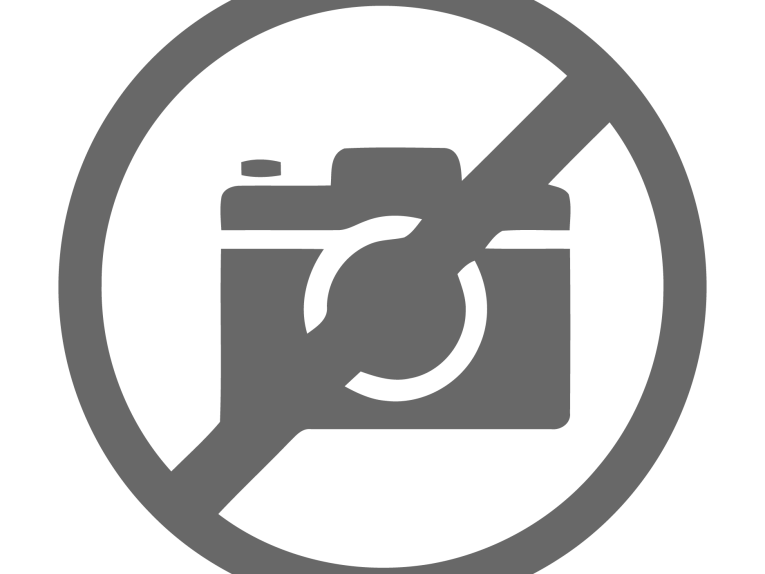
The updated Headphones Market Report also looks at what is happening in the wired segment, the growth in the premium segment, and what is happening with the USB-C and Lightning connector technologies.
As Futuresource's Headphones, Hearables & Gaming Headset Analyst Luke Pearce comments, "Earphones are evolving into a far more versatile device than ever before, and Futuresource believes the stakeholders are laying the foundations for the next generation of UI. With smartphone sales slowing and wrist-wearables finding their niche, the tech giants are preparing to capitalize on the next wave of personal electronics. With the ‘Voice-First’ revolution being essential for this next step, a device which is positioned somewhere on the face had seemed the best option, but with smart glasses struggling to gain traction, it leaves us with one perfect solution; the ear."
We must cast our eye back to 2016 to see where the vision of a true ‘Hearable’ product really began to emerge. Doppler Labs and the Here One team combined a diverse group who strived to create a product which promised the future of ‘in-ear computing’. An all-in-one pair of wireless earbuds with a purpose which extended beyond music-listening to also include communication, elements of corrective-hearing offered by traditional hearing aids, real-world layered augmented audio and noise-filtering technologies. All of which, when combined with voice assistants would become a device which we couldn’t leave the house without, capable of replacing most elements of the smartphone we are all so used to today. The product and its ideas were certainly advanced for their time and this ultimately contributed to its downfall. The vision, and indeed many of the Doppler employees, now find themselves both directly and indirectly shaping a new direction for these tech giants.

Apple’s AirPods, released in parallel in 2016, continue to grow from strength to strength and no doubt have been pivotal in popularizing the true wireless form-factor to where it is today; much of its success is due to its reliability and aspirational brand status amongst its loyal customers. Despite the first-generation product being released just over three years ago, sales of this product have accelerated with age and it’s clear that with the AirPods Pro priced at $249, Apple is keen to continue focusing on the hearable market to help differentiate revenue and combat a saturated iPhone market. Samsung was next, releasing the Samsung Galaxy Buds in March, able to similarly leverage the company’s global smartphone base in an attempt to keep up. The second half of the year has been even busier, with Amazon’s Echo Buds, Microsoft’s Surface Buds and the Google Pixel Buds all vying for customer loyalty to opt-in to this next generation of product and become entrenched in their ecosystem.
These new products have already adopted some of the features outlined by Doppler, such as Active Noise Cancelling (ANC), Transparency Mode and Wake-Word Voice Assistants but, at least for a transitional period, their music capabilities are what will make them stand out from the rest of the competition. Further SoC and battery life advances will continue to improve features and over-the-counter regulation changes for the hearing health market look set to draw more attention to how these new devices will be able to tackle a problem as old as time.
With an average price of $152, the true wireless category has contributed substantially to an 85% increase in retail revenue for the total headphones market over the last two years, with many consumers now placing significant value on their audio experience. With new hearable products maintaining and even pushing the bar higher, true wireless products are expected to make up over half of all total headphones retail revenue of $48.5 billion by 2023, according to Futuresource’s latest Worldwide Headphones Market Outlook Report.

Active Noise Cancelling (ANC) is also starting to make a noise in the market. Futuresource expects unit growth of 7% year-on-year, accounting for 6% of total headphone volumes. “A lack of ANC within top-selling true wireless models has been putting the brakes on any real movement, but that’s all about to change,” says Adriana Blanco. “Recent launches of popular true wireless models with ANC, such as Sony’s WF-1000XM3 and Apple’s AirPods Pro, along with the launch of Amazon Echo Buds, means the ANC market is primed and ready for vigorous growth. In 2020, we’ll see ANC achieve 62% unit growth.”
Moving forward, Futuresource expects growth in ANC across all form-factors, driven by in-ear products with USB-C connectors, on-ear (Beats Solo Pro) and over-ear models at cheaper price points. By 2023, shipments of true wireless headphones with ANC will outpace over-ear in volume terms, with 18% of true wireless products shipping with ANC features.

"Futuresource will continue to keep a close eye on the headphones and hearables market in 2020 to see how this battleground will play out, particularly from the perspective of traditional audio brands. There is still a long way to go before true wireless products will be able to replace the smartphone, but increased competition in 2020 will continue to drive innovation, resulting in entirely new and exciting audio experiences for the mass-market consumer of tomorrow," Luke Pearce adds.
www.futuresource-consulting.com



